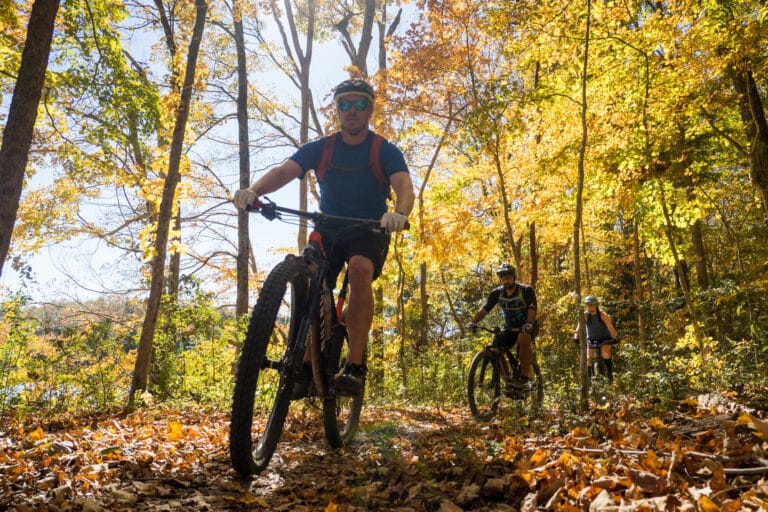TOP TRAIL-TESTED TECHNOLOGIES
 Delorme Earthmate PN-60w No cell service? No problem with the new Delorme Earthmate PN-60w, which combines handheld GPS navigation capabilities with a SPOT emergency locator beacon for emergency situations. It also gives you the ability to send text messages via satellites, so you can keep your family updated on your whereabouts during your month-long thru hike or trek through the Congo. You can even use the device to update your Twitter or Facebook page, because we know the entire world wants to know how great the sunrise is from Kathadin. $549 for the device, plus $100-$160 annually for the SPOT service; delorme.com
Delorme Earthmate PN-60w No cell service? No problem with the new Delorme Earthmate PN-60w, which combines handheld GPS navigation capabilities with a SPOT emergency locator beacon for emergency situations. It also gives you the ability to send text messages via satellites, so you can keep your family updated on your whereabouts during your month-long thru hike or trek through the Congo. You can even use the device to update your Twitter or Facebook page, because we know the entire world wants to know how great the sunrise is from Kathadin. $549 for the device, plus $100-$160 annually for the SPOT service; delorme.com
Klymit Inertia X-Frame Talk about trimming the fat. Klymit mapped a variety of body styles and gutted the standard sleeping pad to only include the essential pressure points needed for a good night’s sleep. The open parts in the pad allow your sleeping bag’s insulation to fully expand for proper warmth. Plus, the ultra-lightweight pad (9.1 ounces) packs down to the size of a soda can. $100; klymit.com
Ergodyne Flip-Top Glove Simply flip the top to switch from a mitten to a fingerless glove. A windproof, water-repellent micro fleece inside keeps your hands toasty and comfy, and the double-layer palm increases its durability. $23; ergodyne.com
Patagonia P26 To develop the P26, Patagonia shoe designers asked thru-hikers what they wanted to see in a long-distance hiking shoe. The result is one of the greenest and meticulously constructed backpacking shoes ever made. The name comes from the 26 bones in the human foot. Patagonia’s goal in creating the shoe was to find the most comfortable and responsible way for those bones to interact with the ground. Constructed with an unprecedented amount of recycled materials, the P26 mixes the durability of a leather boot with the lightweight flexibility and cushioning of a trail runner. $185; patagonia.com
Mountain Hardwear Flip It’s no secret that Appalachian backcountry temperatures are diligently unpredictable. Be ready for a wide range with the versatile, synthetic Flip. One side of the broad semi-rectangular bag is thicker for chilly nights down to 25 degrees. In the warm seasons, flip it over for a thinner 40-degree temperature rating. Look out for a lighter down version this coming spring. $120; mountainhardwear.com
 Sierra Designs Herald 30 This is the first line of packs Sierra Designs has produced since the 70s, and they’ve given some serious thought to the details. The fulcrum suspension moves naturally and fluidly with the body, and the pack is big enough for an all-day hike or an ultralight overnighter. The pack is loaded with goodies: waist belt pockets, trekking pole loops, hydration sleeves, even an integrated bottle opener. It comes in two sizes for men as well as a women’s specific version. 3pounds, 2 ounces; 1850 cubic inches). $160; sierradesigns.co
Sierra Designs Herald 30 This is the first line of packs Sierra Designs has produced since the 70s, and they’ve given some serious thought to the details. The fulcrum suspension moves naturally and fluidly with the body, and the pack is big enough for an all-day hike or an ultralight overnighter. The pack is loaded with goodies: waist belt pockets, trekking pole loops, hydration sleeves, even an integrated bottle opener. It comes in two sizes for men as well as a women’s specific version. 3pounds, 2 ounces; 1850 cubic inches). $160; sierradesigns.co







